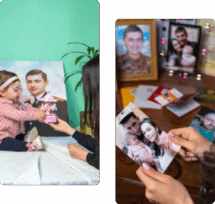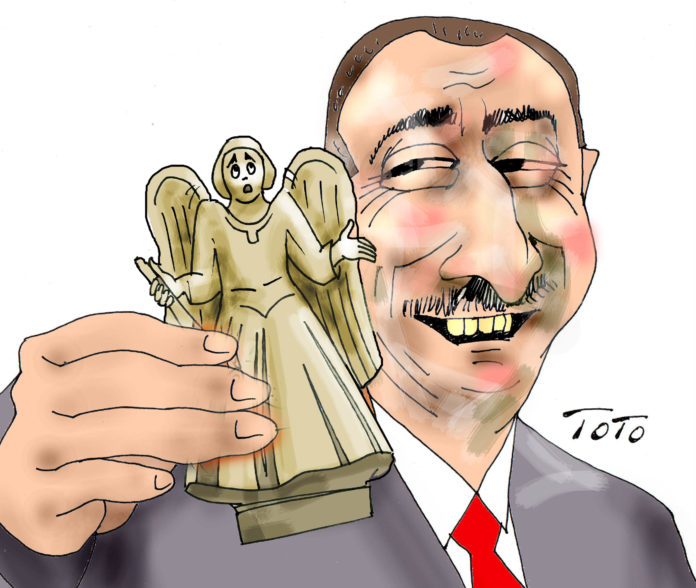During the Soviet period, Azerbaijan was the butt of many jokes. Such jokes were produced supposedly by the “Armenian Radio.” One such joke goes like this: A citizen calls the Armenian Radio to ask why Armenia does not have a Ministry of the Navy. The answer: because we don’t have access to the sea. Then the questioner asks, “Then why does Azerbaijan have a Ministry of Culture?”
It is not a racist statement to say that the Turks have been historically notorious for destroying other cultures. They destroyed the very sophisticated Byzantine culture after they conquered Constantinople and on their way to Istanbul from Central Asian highlands, they destroyed Armenian, Georgian and Hittite culture in Anatolia and elsewhere.
That destructive plan has been most active — if not intensified — after the eradication of the native Armenian people from its habitat in historic Armenia. More than 2,000 churches, monasteries, chapels and other monuments created by Armenians have been victims of the path of destruction of successive Turkish governments.
The Turks had even threatened to blow up Hagia Sophia Church, the Byzantine Orthodox Church, built in 537 AD, during the rule of Emperor Justinian, but settled on converting it into a mosque.
Azerbaijan boasts of being a Turkic nation and thus it has adopted the penchant for destroying other nations’ cultural symbols.
In 2005, the Azerbaijani army destroyed thousands of unique khachkars (cross stones) in the Julfa Cemetery of Nakhichevan, now an exclave under that nation’s rule, an act that was met with utter silence from the civilized world. Armenia’s voice and protests did not reach the proper authorities and the United Nations Education, Scientific and Cultural Organization (UNESCO), tasked with the mission of preserving the world heritage, did not lift a finger. In fact, Mehriban Aliyeva, the wife of President Aliyev, and currently the vice president of her country, was named a Goodwill Ambassador by UNESCO in 2004, a position she still holds.








